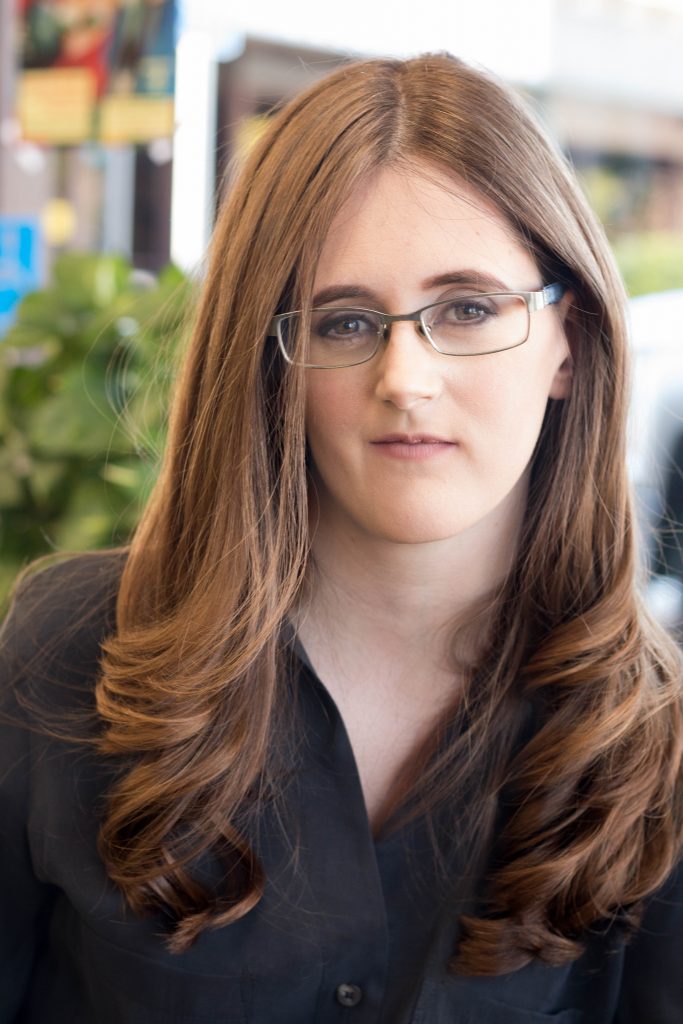By Marissa Dunham //
Some of the most transformational edits I have made to novels as an editor happened because of point of view.
Point of view is a layering of three different craft elements: voice, character, and time. So, it’s no wonder that point of view can cause problems in a manuscript.
What writers often overlook about point of view is that they forget to revise for it at the sentence level before sending out their pages – which is why I’m including a grammar book in this month’s recommendations for writing craft books on point of view. Or, the trouble may have come much earlier during the writing phase. The point of view will sort of switch from a character living in the present to suddenly having the events of the story described as if they’d already happened. This time jump can throw a reader off, and it’s easily done, especially if you’re not quite sure what the point of view is supposed to be or what your story is about.
These book recommendations will help you:
- identify when point of view is working or not quite working,
- how to stay consistent with different kinds of point of view, and
- understand the basics of when it is appropriate to have more than one point of view.
Here are the five!
- Writing Fiction: A Guide to Narrative Craft by Janet Burroway and Elizabeth Stuckey-French
This is the book I used to learn point of view. Chapter 8 “Call Me Ishmael: Point of View” is the meat of what you want to look at for learning point of view and where you want to start. But Chapter 6 “Long Ago: Fictional Time” and Chapter 8 “Call Me Ishmael: Point of View” are best read together. In Chapter 8, “Who Speaks” covers the different points of view – first, second, and third person – while “To Whom?” brings in character, the reader, and interior monologue. “At What Distance?” is good for creating immediacy in a scene. In Chapter 6, you’ll deal with time. Pay attention to “Flashback.” This will help you lock in the when of the point of view – past, present, and I remember – so your timeline on the page doesn’t sag from an inconsistency. The chapters come with writing exercises, and the book as a whole is well worth a look. - The Language of Fiction: A Writer’s Stylebook by Brian Shawver
What is most helpful about Shawver’s grammar lessons is that he hones into point of view as language. Syntax is incredibly tricky to get right after you’ve read your manuscript seven times in a row, and Shawver gives writers a leg up by showing how point of view works on the sentence level. This book is a great resource for beginner and intermediate writers for its detailed examples. The book is 264 pages. (Also a good resource for dialogue.) - Steering the Craft: A 21st-Century Guide to Sailing the Sea of Story by Ursula K. Le Guin
This book does point of view well. Le Guin breaks down each point of view in detail and explains how the narrator functions in the text. Steering the Craft is a great book with a section on point of view, from a beloved author. - Who Says?: Mastering Point of View in Fiction by Lisa Zeidner
Humor, approachability, and mastery of the topic, this 2021 release does the job. Each chapter discusses a different point of view at length and provides witty explanations. What is really interesting about Zeidner’s book is that she includes unexpected points of view that would benefit writers considering genre tropes or narrative conventions: Chapter 6 “Childhood and Animal Points: Out of the Mouth of Babes (Also, Dogs and Chimps)” and Chapter 7 “Narrative Inventions: ‘You,’ ‘We,’ Epistolary, and Other High Jinks.” The book is 288 pages long and a helpful resource for those looking for something new. - Deep Point of View (A Busy Writer’s Guide) by Marcy Kennedy
Also known as close or limited third person, deep point of view is a popular style in many novels. Kennedy describes deep point of view on page 5 as “the most intimate, closest writing style where the reader experiences the story as if they were inside the character…without any distance between them.” Kennedy’s writing is easy to follow, and you’ll find yourself intrigued by the many uses of her instruction. You might also enjoy this book just to experiment with a new lens. This book is 158 pages.
Marissa’s Take Practice Exercise: Change these sentences currently in third person objective to first person central. Add a sentence or a transition if you need to in order to keep the point of view consistent. Challenge: Change the sentences again to third person limited omniscient (the classic point of view used in most novels).
Catherine walked to the park. The sun shone. She carried an umbrella under her arm. Her lips were red with lipstick. A figure leaned against a sign that read, “Welcome.”
Third Person Objective = point of view that describes external actions only (“Hills Like White Elephants,” the fly on the wall, no internal dialogue)
First Person Central = character tells their own story (common in memoir, YA fantasy)
Challenge: Third Person Limited Omniscient= story told from one character’s point of view (the classic)
If you’re struggling to switch from first person central to third person limited omniscient, try looking at how you’re using time. When something happens is equally as important as who is experiencing the action. And there is a distance in third person limited omniscient that can cause problems if you’re not looking for it.

MARISSA DUNHAM is a writer and freelance editor. She spent the early part of her career in educational publishing, but now spends most of her time editing literary fiction, magical realism, and middle grade fiction. She lives in Southern California, where she enjoys bringing new life into the world by planting tomatoes and flowers in the garden.


One Reply to “MARISSA’S TAKE ON: Writing Craft Books on Point of View”